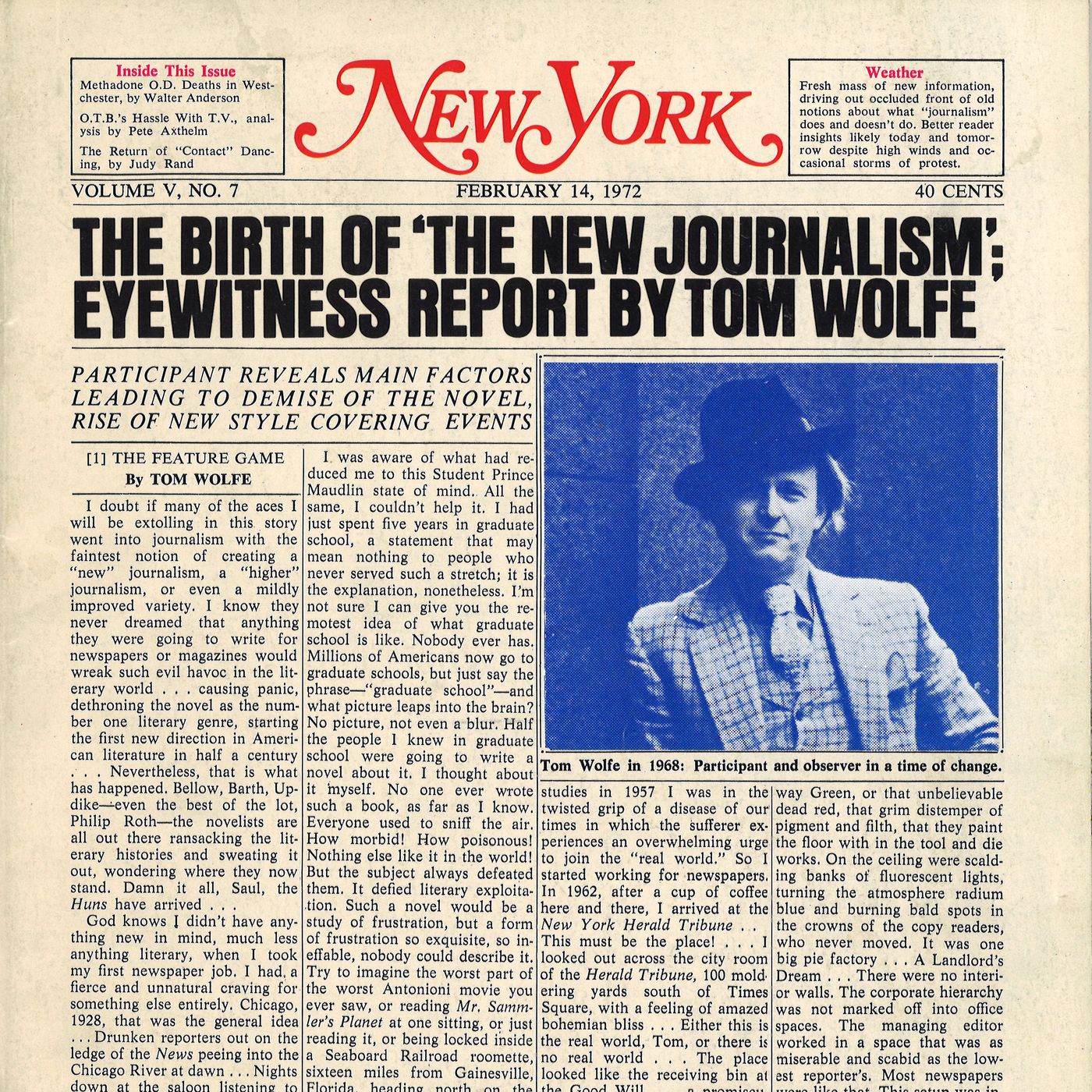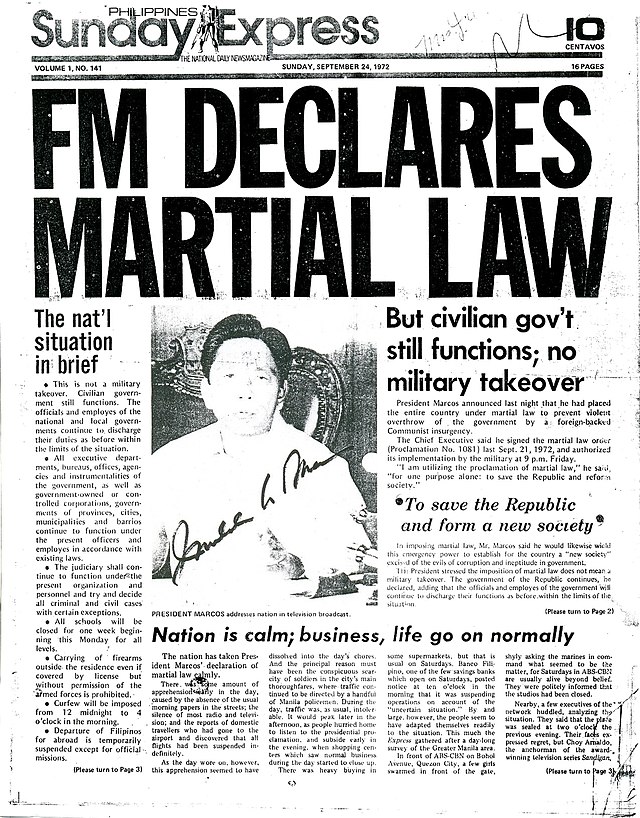News Articles Fundamentals Explained
Table of ContentsNews Articles for DummiesNot known Facts About News ArticlesThe Ultimate Guide To News ArticlesHow News Articles can Save You Time, Stress, and Money.Getting The News Articles To Work
Great knowledge of various subjects offers pupils an affordable edge over their peers. Even though digital and social networks are easily obtainable, we ought to not fail to remember just how crucial it is to review the newspapers. Moms and dads should attempt and instill the practice of checking out a newspaper as a daily routine to proceed the legacy of the revered print tool.Information stories also include at the very least one of the complying with vital qualities family member to the designated target market: closeness, prestige, timeliness, human passion, oddity, or consequence.
Within these restrictions, newspaper article additionally aim to be detailed. Nevertheless, other elements are included, some stylistic and some originated from the media type. Amongst the larger and much more reputable papers, justness and equilibrium is a major factor in offering info. Commentary is usually constrained to a different area, though each paper may have a various overall slant.
Newspapers with a worldwide audience, for example, often tend to utilize a more official design of composing. News Articles.; typical design guides consist of the and the US Information Design Book.
News Articles - An Overview
As a policy, journalists will not make use of a long word when a short one will certainly do. Information authors try to stay clear of utilizing the exact same word extra than as soon as in a paragraph (often called an "echo" or "word mirror").
Nevertheless, headlines in some cases leave out the topic (e.g., "Jumps From Boat, Catches in Wheel") or verb (e.g., "Feline female lucky"). A subhead (also subhed, sub-headline, subheading, caption, deck or dek) can be either a subordinate title under the main heading, or the heading of a subsection of the short article. It is a heading that precedes the major message, or a team of paragraphs of the main text.

Added signboards of any of these kinds might appear later on in the write-up (particularly on subsequent pages) to tempt additional reading. Such billboards are additionally made use of as guidelines to the short article in other sections of the publication or site, or as ads for the item in various other publication or websites. Regular structure with title, lead paragraph (recap in vibrant), various other paragraphs (information) and contact details.

Example of a hard-lead paragraph NASA is suggesting an additional room task. The spending plan demands roughly $10 billion for the project.
The NASA statement blog here came as the agency asked for $10 billion of appropriations for the task. An "off-lead" is the second essential front web page information of the day. The off-lead shows up either in the leading left corner, or directly listed below the lead on the. To "bury the lead" is to begin the post with background information or details of secondary value to the viewers, compeling them to learn more deeply right into an article than they ought to need to in order to discover the vital points.
The smart Trick of News Articles That Nobody is Discussing
Usual usage is that a person or more sentences each develop their very own paragraph. Journalists generally explain the organization or structure of an information tale as an inverted pyramid. The important and most fascinating aspects of a tale are placed at the start, with supporting details complying with in order of reducing value.
It allows individuals to check out a subject to just the depth that their curiosity takes them, and without the imposition of details or nuances that they can consider unimportant, but still making that details offered to much more interested visitors. The inverted pyramid structure also enables articles to be trimmed to any type of arbitrary size during design, to fit in the area offered.
Some writers start their stories with the "1-2-3 lead", yet there are many kinds of lead available. This layout usually begins with a "5 Ws" opening up paragraph (as explained above), complied with by an indirect quote that serves to support a significant aspect of the initial paragraph, and after that a direct quote to support the indirect quote. [] A twist can refer to several things: The last tale in the information program; a "satisfied" story to finish the show.
Longer articles, such as publication cover write-ups and the pieces that lead the inside try this website sections of a paper, are recognized as. Feature tales differ from straight information in several ways.
The Only Guide to News Articles
A feature's very first paragraphs home typically associate an intriguing moment or event, as in an "anecdotal lead". From the particulars of an individual or episode, its view quickly expands to generalizations regarding the tale's topic.

The Editor's Tool kit: A Recommendation Overview for Beginners and Professionals (2001) Allan M. Siegal and William G. Connolly. The New York Times Handbook of Design and Usage: The Official Style Overview Used by the Writers and Editors of the World's Most Reliable Newspaper (2002) M. L. Stein, Susan Paterno, and R.
Comments on “The Only Guide for News Articles”